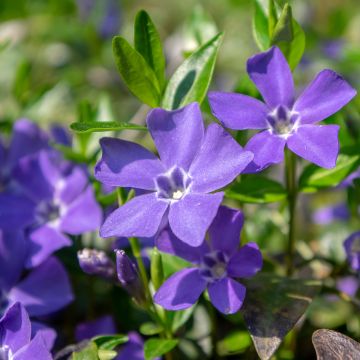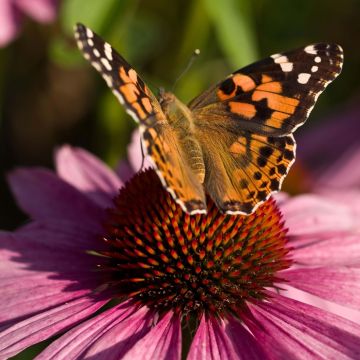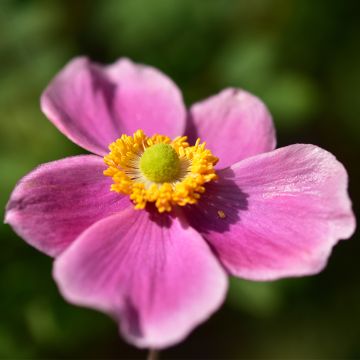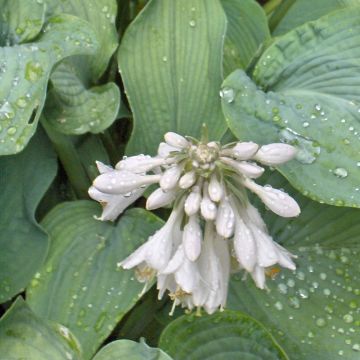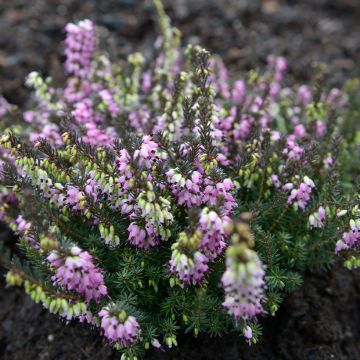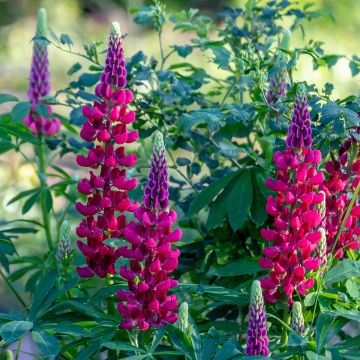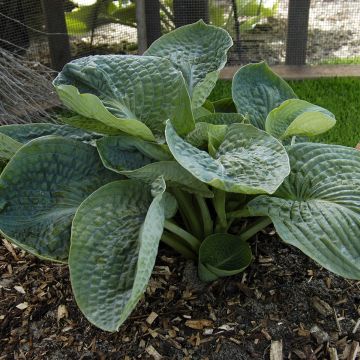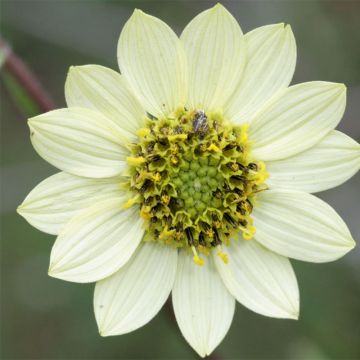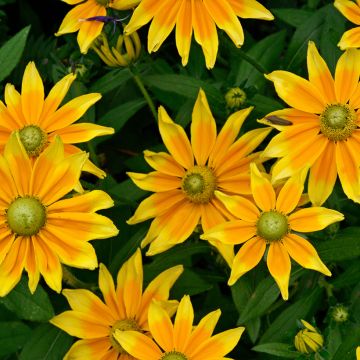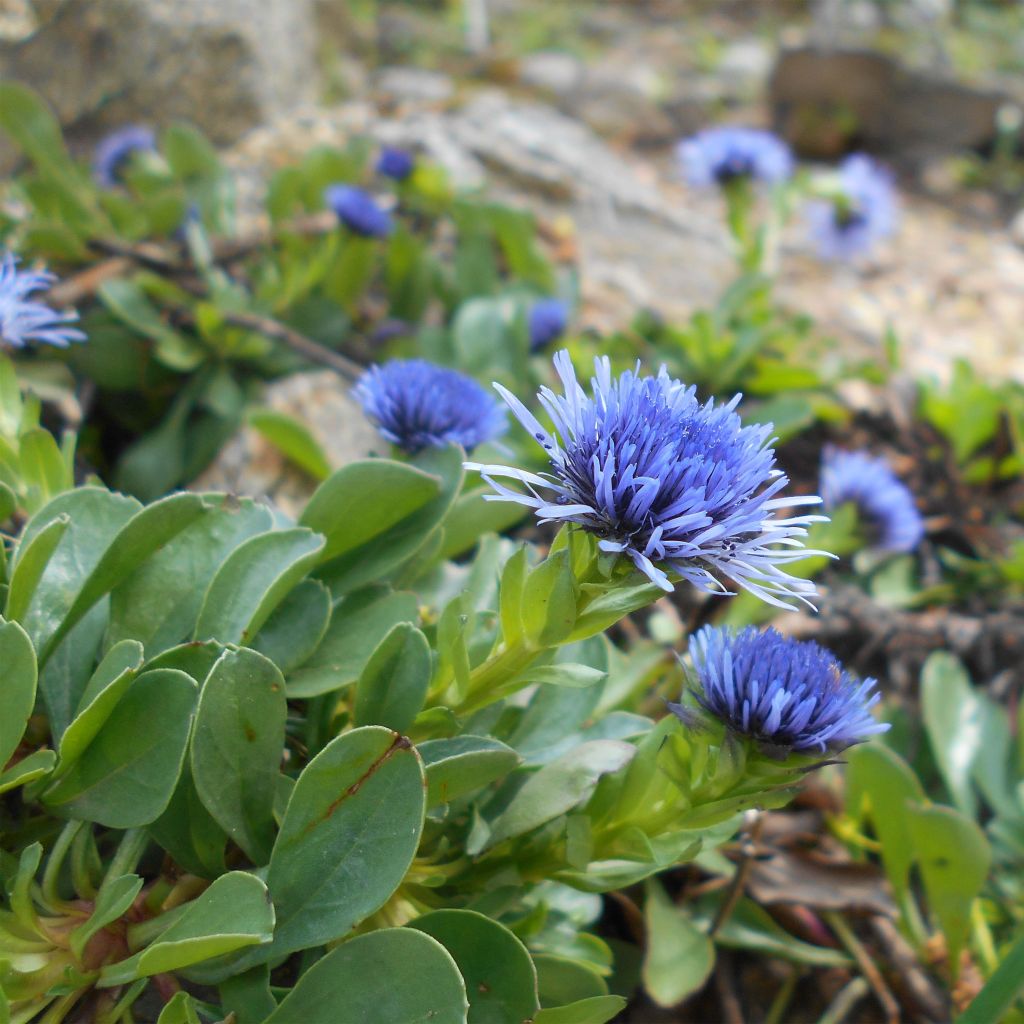

Globularia trichosantha
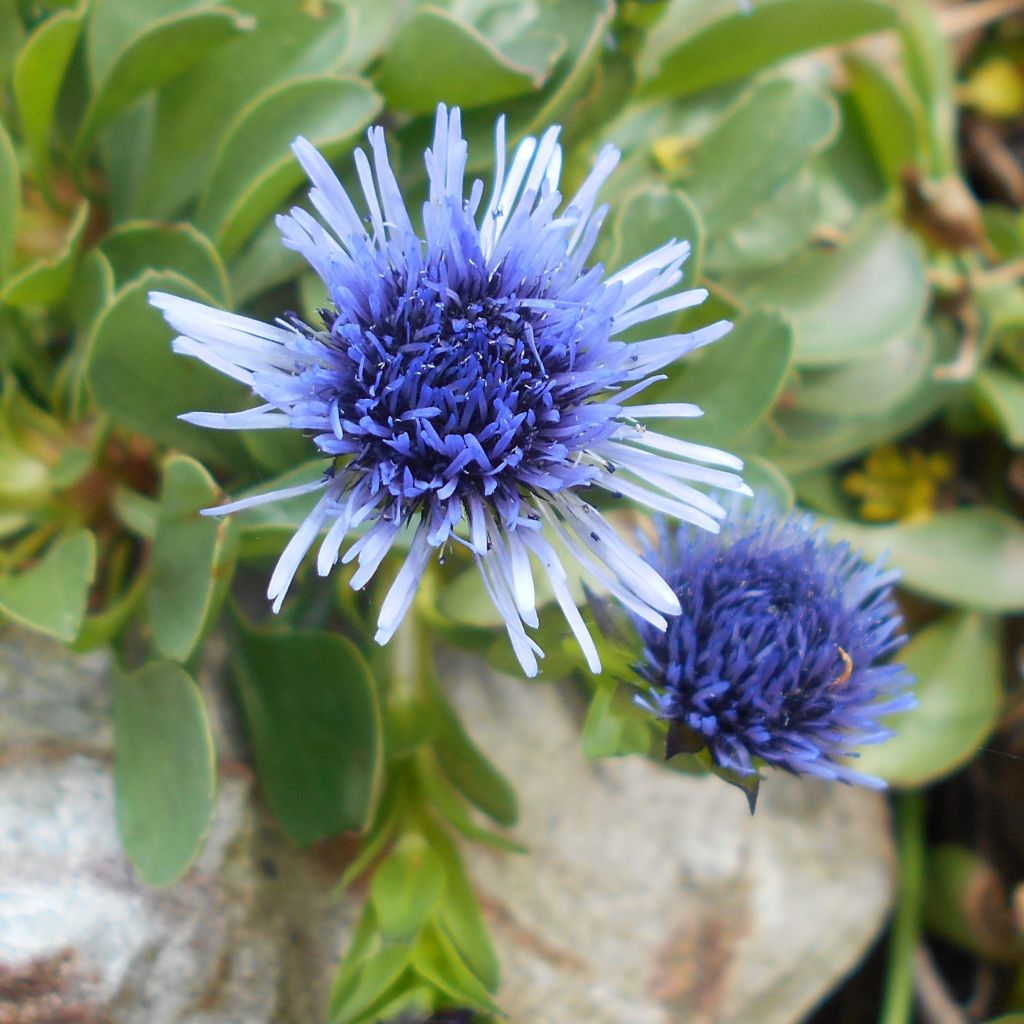

Globularia trichosantha
Globularia trichosantha
Globularia trichosantha
Hair-flowered globe daisy
Arrived safely, in very good condition, thank you!
SHINRA TENSEI, 04/10/2025
Special offer!
Receive a €20 voucher for any order over €90 (excluding delivery costs, credit notes, and plastic-free options)!
1- Add your favorite plants to your cart.
2- Once you have reached €90, confirm your order (you can even choose the delivery date!).
3- As soon as your order is shipped, you will receive an email containing your voucher code, valid for 3 months (90 days).
Your voucher is unique and can only be used once, for any order with a minimum value of €20, excluding delivery costs.
Can be combined with other current offers, non-divisible and non-refundable.
Home or relay delivery (depending on size and destination)
Schedule delivery date,
and select date in basket
This plant carries a 12 months recovery warranty
More information
We guarantee the quality of our plants for a full growing cycle, and will replace at our expense any plant that fails to recover under normal climatic and planting conditions.

Would this plant suit my garden?
Set up your Plantfit profile →
Description
Globularia trichosantha is part of a group of perennial plants or undershrubs called globularias, native to the dry and limestone slopes of southern Europe. This is one of the most ornamental, with its carpeting vegetation that persists in winter and its wonderful summer flowering in small, very bright blue pompoms. Its natural habitat consists of rocky and arid steppes where cold winters occur. In the garden, choose a very sunny rockery, a stony embankment, the top of a retaining wall, or the edge of a gravel bed for this pretty perennial.
Globularia trichosantha belongs to the Plantaginaceae family. It is native to western Turkey (Mount Taurus), Bulgaria, Crimea and Syria, as well as the Caucasus, including its Russian foothills. It is found in dry meadows, embankments, and rocky to stony limestone soils. This evergreen species is both highly resistant to cold and well-adapted to summer drought.
It is a low-growing perennial herbaceous plant that spreads through stolons, forming large ground-covering mats over time. It develops small rosettes where spatulate-shaped oval and leathery leaves of a glossy dark green colour persist in winter. Flowering occurs from June to August, depending on the climate. Rosettes of leaves emerge from slender flower stems, 20cm (8in) tall, covered with very small pointed leaves. Solitary inflorescences form at the end of its stems, organised in small almost spherical heads, 2cm (1in) in diameter, characteristic of the Globularia genus. Surrounded by pointed bracts, each head is composed of hundreds of tiny shiny blue tubular flowers. The flowers in the centre of the head are darker blue when they open, making it appear bicolour, in sky-blue and ultramarine blue. After pollination by insects, the flowers give way to fruits called achenes, surrounded by persistent calyxes. This plant sometimes self-seeds in light soils.
Globularia trichosantha is a sun-loving plant for rocky soil. It will fully play its role on unrewarding embankments and in rock gardens. It is also an excellent plant for dry gardens without irrigation. It can be planted with other perennials that require the same growing conditions: Dianthus gratianopolitanus and perennial Geranium sanguineum, classic but unbeatable in this use. You can also grow it with other small cushion-forming plants, such as creeping baby's breath, Aethionema 'Warley Ruber', Anthemis carpatica 'Karpatenschnee', or fleabane (Erigeron karvinskianus). It can also be planted in an alpine garden or in pots, containers, and flower boxes.
Report an error about the product description
Globularia trichosantha in pictures
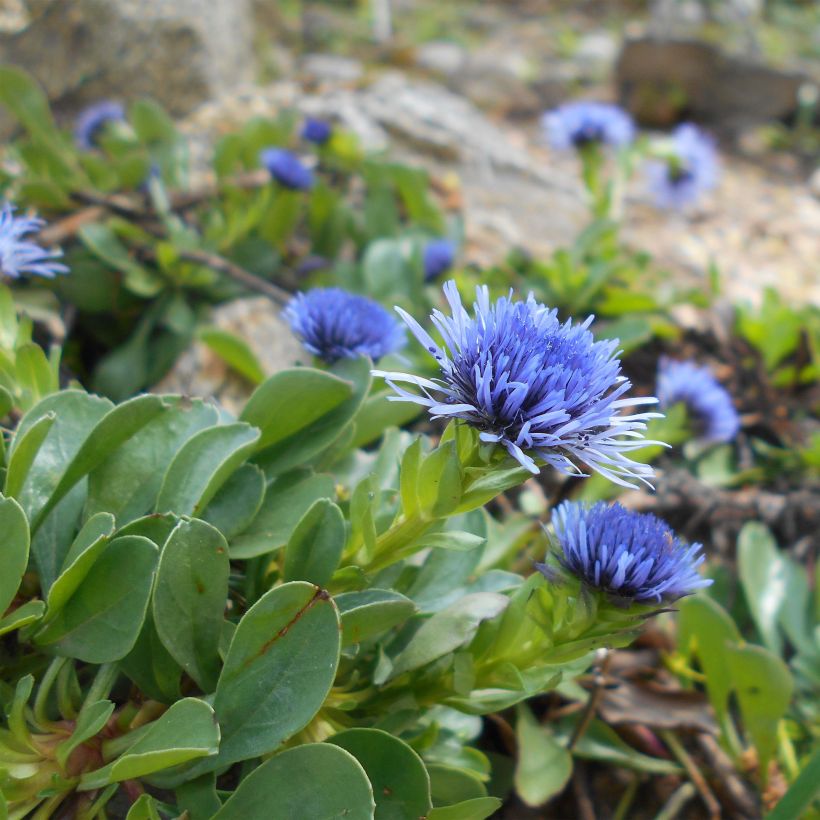

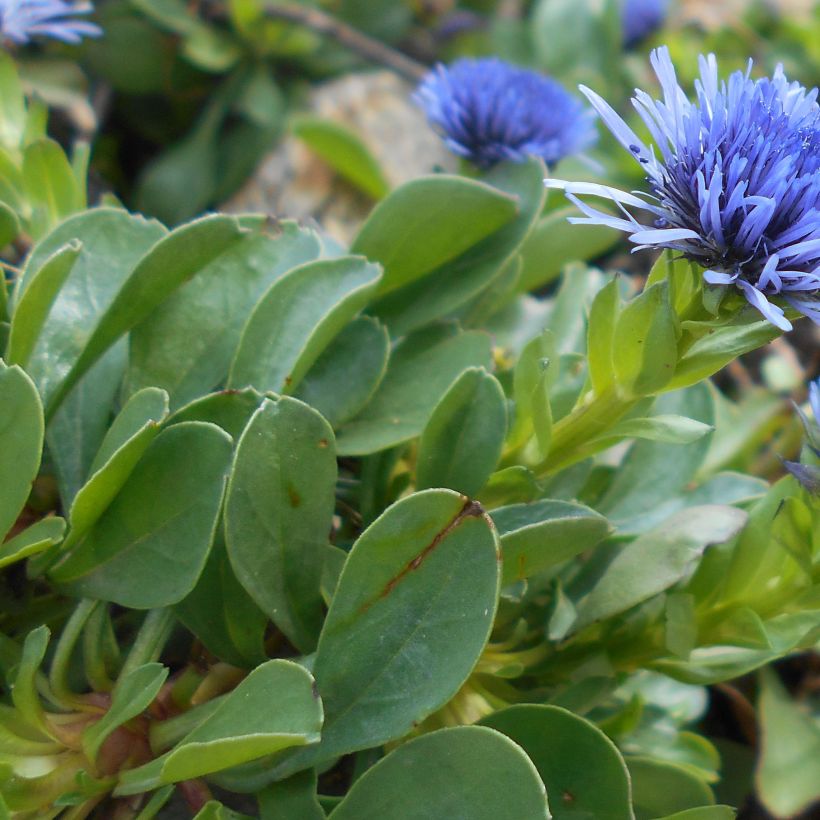

Flowering
Foliage
Plant habit
Botanical data
Globularia
trichosantha
Plantaginaceae (Globulariaceae)
Hair-flowered globe daisy
Mediterranean
Other Perennials A to Z
View all →Planting and care
Plant in chalky, neutral or slightly acidic, well-drained soil that remains moist to dry in summer. It will also tolerate poor and stony soil. This perennial requires sunlight to bloom well. Resistant to cold and drought, its only enemy is excess moisture, especially in winter. In heavy soils, incorporate plenty of coarse sand or gravel to improve drainage before planting. Prune faded flower stems after flowering if you want to avoid spontaneous sowing. It is a small, very robust and undemanding perennial, but it fears competition from taller plants that can cast shade on it and suffocate it.
Planting period
Intended location
Care
Planting & care advice
-
, onOrder confirmed
Reply from on Promesse de fleurs
Similar products
Haven't found what you were looking for?
Hardiness is the lowest winter temperature a plant can endure without suffering serious damage or even dying. However, hardiness is affected by location (a sheltered area, such as a patio), protection (winter cover) and soil type (hardiness is improved by well-drained soil).

Photo Sharing Terms & Conditions
In order to encourage gardeners to interact and share their experiences, Promesse de fleurs offers various media enabling content to be uploaded onto its Site - in particular via the ‘Photo sharing’ module.
The User agrees to refrain from:
- Posting any content that is illegal, prejudicial, insulting, racist, inciteful to hatred, revisionist, contrary to public decency, that infringes on privacy or on the privacy rights of third parties, in particular the publicity rights of persons and goods, intellectual property rights, or the right to privacy.
- Submitting content on behalf of a third party;
- Impersonate the identity of a third party and/or publish any personal information about a third party;
In general, the User undertakes to refrain from any unethical behaviour.
All Content (in particular text, comments, files, images, photos, videos, creative works, etc.), which may be subject to property or intellectual property rights, image or other private rights, shall remain the property of the User, subject to the limited rights granted by the terms of the licence granted by Promesse de fleurs as stated below. Users are at liberty to publish or not to publish such Content on the Site, notably via the ‘Photo Sharing’ facility, and accept that this Content shall be made public and freely accessible, notably on the Internet.
Users further acknowledge, undertake to have ,and guarantee that they hold all necessary rights and permissions to publish such material on the Site, in particular with regard to the legislation in force pertaining to any privacy, property, intellectual property, image, or contractual rights, or rights of any other nature. By publishing such Content on the Site, Users acknowledge accepting full liability as publishers of the Content within the meaning of the law, and grant Promesse de fleurs, free of charge, an inclusive, worldwide licence for the said Content for the entire duration of its publication, including all reproduction, representation, up/downloading, displaying, performing, transmission, and storage rights.
Users also grant permission for their name to be linked to the Content and accept that this link may not always be made available.
By engaging in posting material, Users consent to their Content becoming automatically accessible on the Internet, in particular on other sites and/or blogs and/or web pages of the Promesse de fleurs site, including in particular social pages and the Promesse de fleurs catalogue.
Users may secure the removal of entrusted content free of charge by issuing a simple request via our contact form.
The flowering period indicated on our website applies to countries and regions located in USDA zone 8 (France, the United Kingdom, Ireland, the Netherlands, etc.)
It will vary according to where you live:
- In zones 9 to 10 (Italy, Spain, Greece, etc.), flowering will occur about 2 to 4 weeks earlier.
- In zones 6 to 7 (Germany, Poland, Slovenia, and lower mountainous regions), flowering will be delayed by 2 to 3 weeks.
- In zone 5 (Central Europe, Scandinavia), blooming will be delayed by 3 to 5 weeks.
In temperate climates, pruning of spring-flowering shrubs (forsythia, spireas, etc.) should be done just after flowering.
Pruning of summer-flowering shrubs (Indian Lilac, Perovskia, etc.) can be done in winter or spring.
In cold regions as well as with frost-sensitive plants, avoid pruning too early when severe frosts may still occur.
The planting period indicated on our website applies to countries and regions located in USDA zone 8 (France, United Kingdom, Ireland, Netherlands).
It will vary according to where you live:
- In Mediterranean zones (Marseille, Madrid, Milan, etc.), autumn and winter are the best planting periods.
- In continental zones (Strasbourg, Munich, Vienna, etc.), delay planting by 2 to 3 weeks in spring and bring it forward by 2 to 4 weeks in autumn.
- In mountainous regions (the Alps, Pyrenees, Carpathians, etc.), it is best to plant in late spring (May-June) or late summer (August-September).
The harvesting period indicated on our website applies to countries and regions in USDA zone 8 (France, England, Ireland, the Netherlands).
In colder areas (Scandinavia, Poland, Austria...) fruit and vegetable harvests are likely to be delayed by 3-4 weeks.
In warmer areas (Italy, Spain, Greece, etc.), harvesting will probably take place earlier, depending on weather conditions.
The sowing periods indicated on our website apply to countries and regions within USDA Zone 8 (France, UK, Ireland, Netherlands).
In colder areas (Scandinavia, Poland, Austria...), delay any outdoor sowing by 3-4 weeks, or sow under glass.
In warmer climes (Italy, Spain, Greece, etc.), bring outdoor sowing forward by a few weeks.































